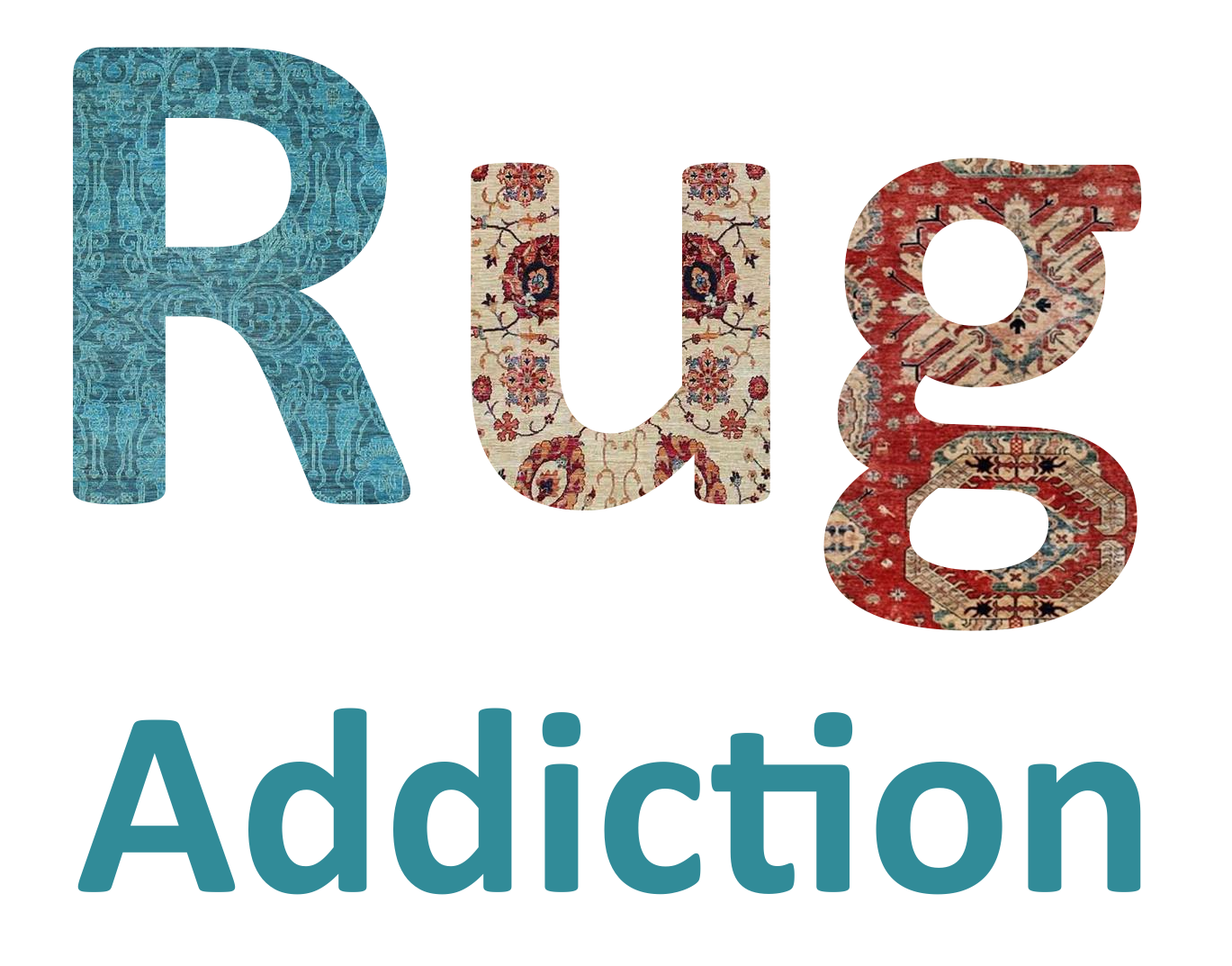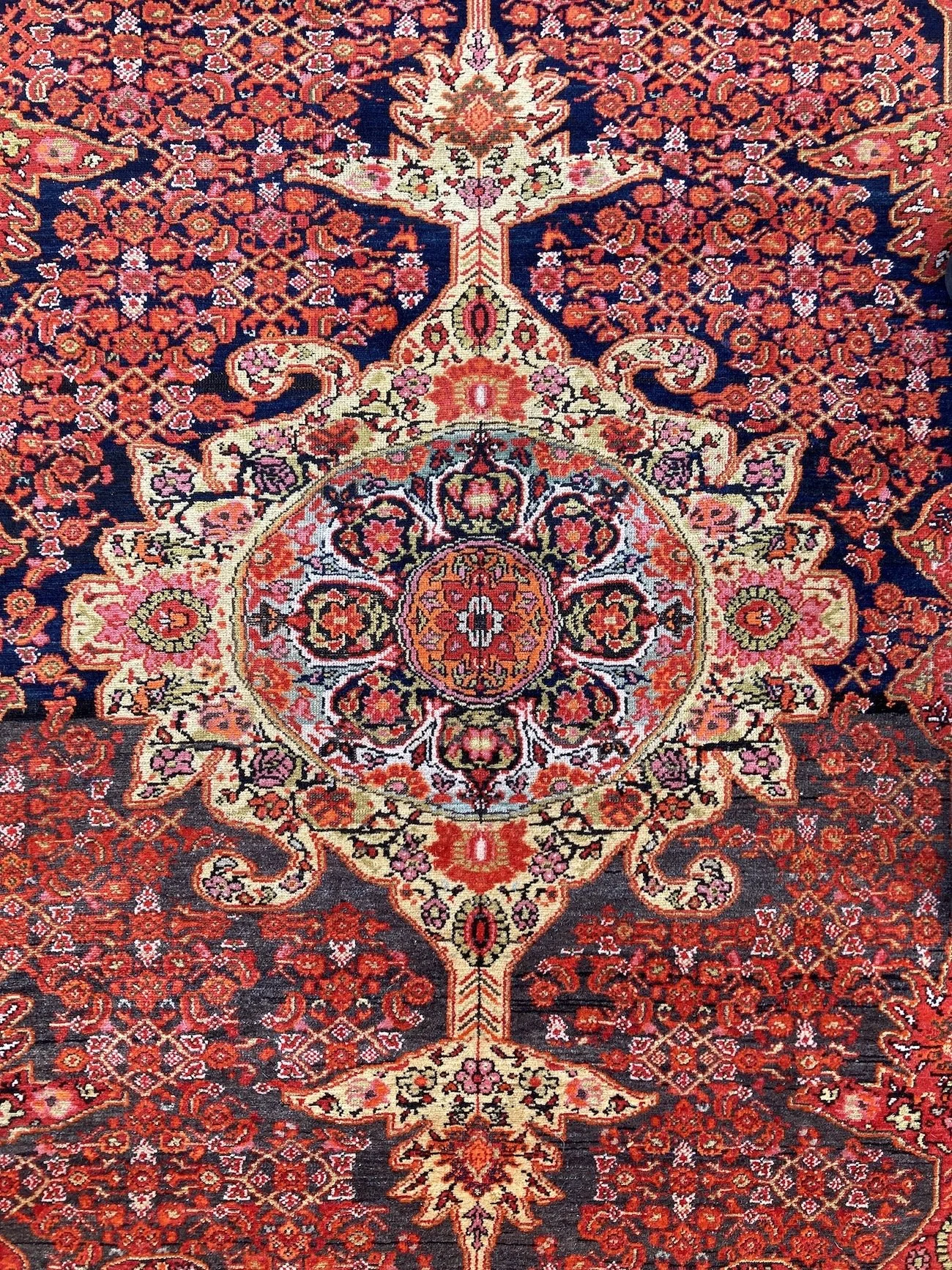Why does a rug change colour?
Have you ever wondered why a rug has various colour changes?
People often think that it is either a defect or caused by fading (both mistaken) but there is a technical explanation. It is called ‘Abrash’ (other spellings are available) and this is what gives a good handmade rug it’s texture. If you look at a poor quality rug with chemical dyes, it looks ‘flat’ in comparison. In fact, many machine made rugs will try to artificially replicate the Abrash that you get in handmade rugs.
Abrash can take many forms, from the subtle colour changes in this antique Bakhtiar rug
to the more extreme you can see in this antique Caucasian rug
So, how and why does it occur?
Firstly, it is important to understand the basics of how a rug is woven.
Sheep is shorn ➡️ Wool is sorted and washed ➡️ Wool is spun and bundled ➡️ Wool is dyed ➡️ Rug is woven
Dyes
Natural dyes
Humans have been dyeing wool and other fibres for centuries, using natural products including plants, roots, nuts and even bugs! Chemical (or aniline) dyes were discovered in the mid 19th Century and began to be used in rugs from the 1870s, becoming widespread in the 1st quarter of the 20th Century.
Dyeing Process
Wool dyeing in Afghanistan
After the wool is spun and bundled, it is placed in small, wood-fired pots with the dye. The experienced dyer will then ascertain how long to leave the wool to achieve the required colour. This is mostly done using their experience and by sight. The bundles of wool will all absorb the dye slightly differently, according to many different factors - the temperature of the water, how long it has been left in the pot, even down to how tightly bound the bundle is.
Weaving
Rug Weaving in Pakistan
Once the wool is dyed, the weaver will start the rug from the bottom up. As they use up one bundle of wool, they will then start another. Although they may look identical, as we have seen above, each bundle will be slightly different, causing slight changes as they work up the rug (which is why Abrash always occurs horizontally rather than vertically). This continues until the rug is finished.
Antique Rugs
In addition to the natural variations at the point of weaving, dyes can change over time. If the weaver uses two batches of wool with different dye ingredients that look similar, they can fade at different rates over time, accentuating the difference in the colour.
Antique Malayer Rug
In this example of an antique Malayer rug, the rug would have been a uniform colour when woven, but one half has faded faster than the other.
Conclusion
Whilst brash can take many forms, it invariably adds character and depth to any rug, both new and antique. It can also be an indication of good quality dyes (whether they are natural or aniline) and artisan production.






